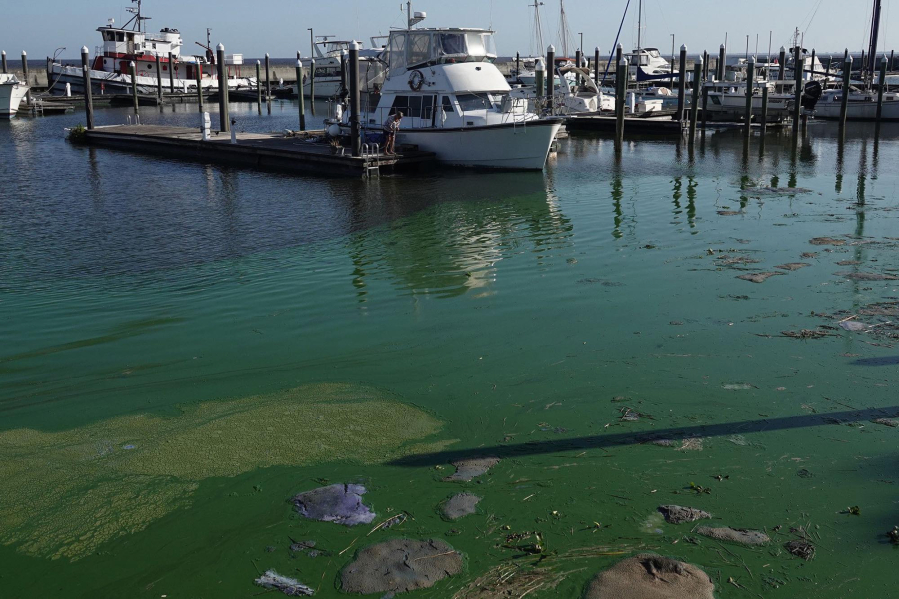MIAMI — Scientists know that red tide and other harmful algae blooms can kill marine life and make pets and people sick. Certain types of algae produce toxins that can cause respiratory problems, liver failure and nervous system issues. People and animals can be exposed by simply breathing in the air around a bloom or having skin contact.
But how much toxin is too much? And who is more at risk? Florida Atlantic University is starting a new study on the effects of human exposure to algae and their toxins after persistent blooms in South Florida over the past few years have fouled rivers and canals in the west and east coasts, killing fish, terrifying residents and scaring tourists away.
“Despite the intensity and frequency of cyanobacterial blooms in South Florida, data on human exposure to these blooms and microcystin concentrations in tissues of people who have been exposed is limited,” said Shirley Gordon, lead researcher and a professor at FAU’s Christine E. Lynn College of Nursing. “Understanding thresholds for both short- and long-term health impacts is crucial to protect the health of Floridians.”
Clark County has seen dozens of cyanobacterial blooms in waterways around the county in recent years.
The new research will measure toxin concentrations in the environment and also inside people’s noses, like a PCR test, as well as in blood and urine samples, FAU said in a statement. The study will expand research done in 2016 and 2018 in which scientists followed 102 participants and tested them for toxins.
FAU researchers, who received a federal $320,000 grant from the Florida Department of Health for this project, are working to recruit an additional 50 eligible adults to participate in a similar sampling next year. They want to evaluate the exposure to harmful algae blooms on people with preexisting conditions such as asthma and chronic gastrointestinal disorders and people who had COVID-19, Gordon said in a statement.
The levels of the toxin microcystin, which is produced by some cyanobacteria, will be measured in water samples from study sites in the western, central and eastern parts of Florida that are known to have been impacted by recent blooms, according to FAU.
Results will be used to understand what levels of toxin cause respiratory, dermal and gastrointestinal symptoms in people, the university said. Urine and blood analyses will be conducted in collaboration with the U.S. Centers for Disease Control and Prevention, which is developing methodology to detect toxins from algae in humans.
“These samples will supplement publicly available water sample data from the Department of Environmental Protection and the South Florida Water Management District and provide temporal and spatial data on algal blooms to compare with human health assessment data,” said Malcolm McFarland, co-principal investigator and a research associate at FAU Harbor Branch.
Scientists and state agencies have stepped up research on the health impacts of harmful algae in South Florida after a devastating 2018 season, when massive blooms of cyanobacteria in Lake Okeechobee were discharged to estuaries, killing marine life and making pets and people sick. The blooms coincided with a widespread red tide that started in the Gulf Coast but spread as far as the Panhandle and St. Lucie County on the Atlantic coast, fouling beaches with dead fish and hundreds of marine animal carcasses.
Algae blooms are caused by nutrient pollution from fertilizer and stormwater runoff, leaky septic tanks and failing sewage infrastructure.



